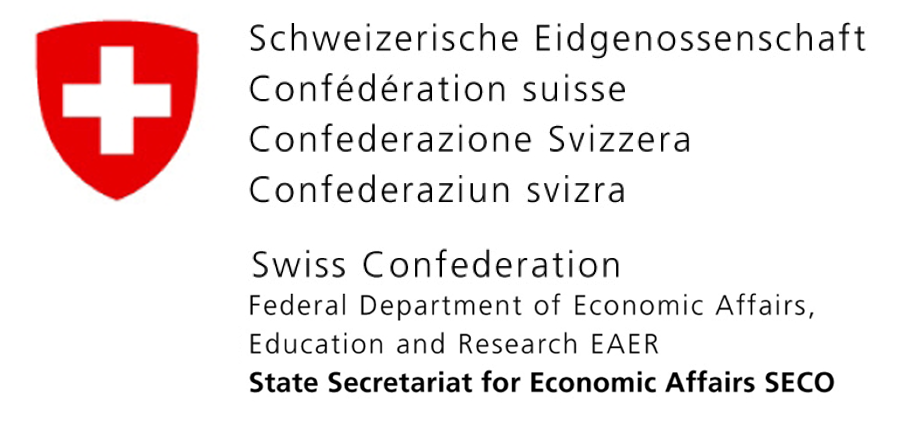Border Crossing Monitoring along the Northern Corridor
Border Crossing Monitoring along the Northern Corridor - Working Paper No. 96
April 2013 — Relatively inexpensive actions such as improving coordination among border agencies, introducing pre-arrival customs declaration forms and establishing an IT system can significantly improve the efficiency of border crossings and lower the cost of trade, according to the publication.
The SSATP publication, “Border Crossing Monitoring Along the Northern Corridor,” was done in collaboration with the Secretariat of the Transit and Transport Coordination Authority of the Northern Corridor.
“While investing in infrastructure is essential, this response is often overrated,” explains Olivier Hartmann, co-author of the publication and SSATP Senior Transport Specialist. “Inter-agency and inter-country cooperation is vital to border reforms and will ultimately not only generate more revenue for countries but also reduce private sector spending,” says Hartmann.
This latest SSATP publication presents the outcomes of a survey of the three border posts along the Northern Corridor, which spans between the ports of Mombasa to the landlocked countries and regions of East Africa.
The survey was originally designed to establish a baseline of each crossing before improvements would put in place. During the survey period customs authorities in Kenya and Uganda modified selected business procedures for border crossings, allowing the study researchers to measure the impact of these improvements.
Cutting Costs and Border Crossing Time
The survey results show that based on estimates of the value of time for trucking enterprises and traders, the total savings generated by the improvement of the situation amounts to approximately US$ 70 million per year. Crossing time for trucks loaded with goods that were routinely taking over 48 hours dropped to less than six hours, and average border-crossing time dropped from 24 hours to 4 hours, the study shows.
“The survey results clearly show that significant progress does not require a large investment, rather political good will and a legal framework that enables effective cooperation to take place,” adds Hartmann.
Moving Forward
These three posts—Malaba (the border between Kenya and Uganda), Busia (the border between Kenya and Uganda) and Gatuna (the border between Uganda and Rwanda)—constitute the main and busiest border posts along the Northern Corridor. Over 600 truck crossings occur at these posts per day.
The Malaba post is a pilot in the East Africa One-Stop Border Post (OSBP) program, which is gaining momentum in several regions of Africa, the publication notes. Under OSBP border agencies from neighboring countries cooperate and coordinate their border-based interventions to save time. The East Africa Community (EAC), the corridor authorities and their member states have agreed to convert all major border posts into OSBPs with the goal of streamlining processes and cutting down the amount of paperwork.
The SSATP is a partner in the East Africa OSBP program and brings extensive experience in performance monitoring and surveys, as well as its methodology for border-crossing surveys.
Improving Efficiency of Border Crossings in East Africa
Press Release - English







